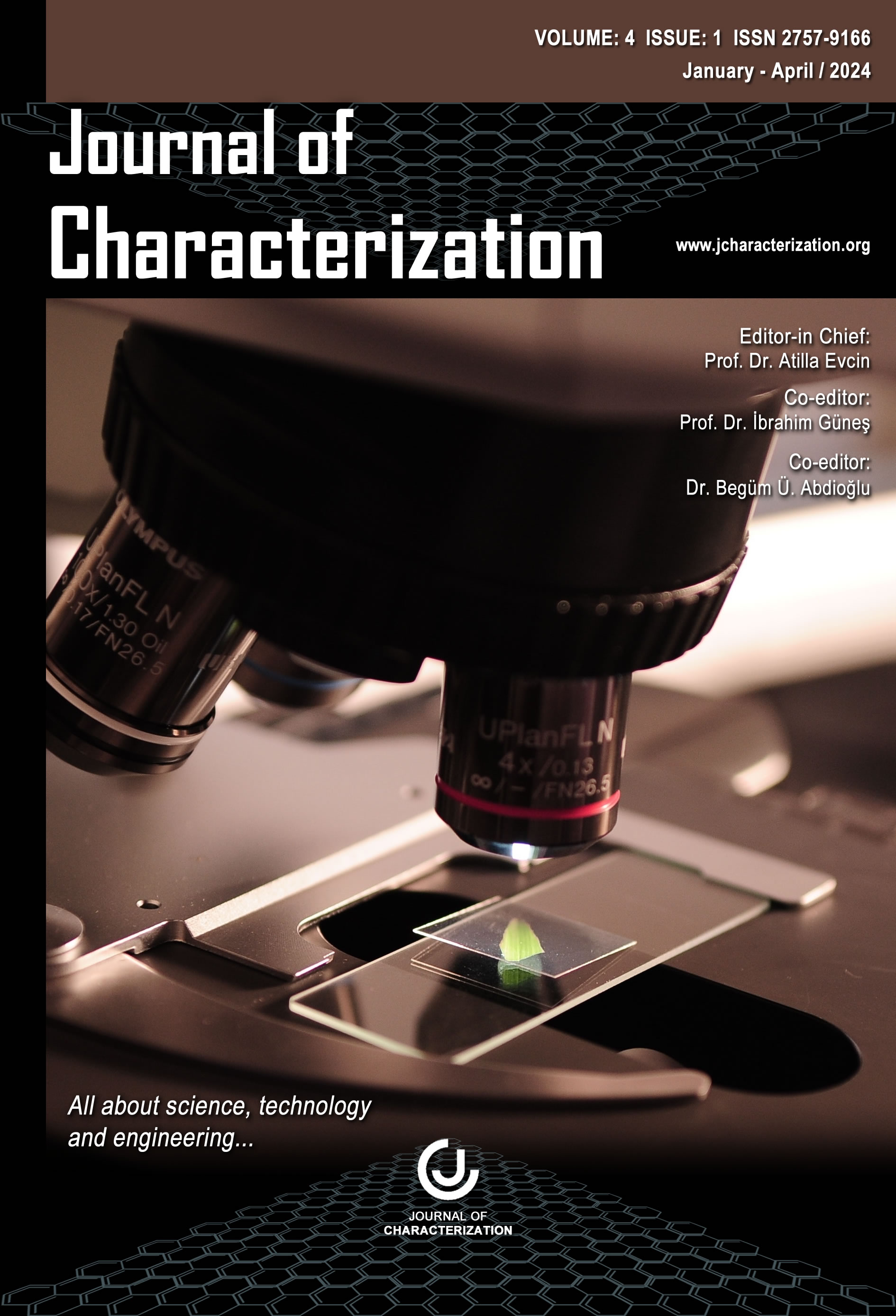Author :
Abstract
Bu çalışma, arkeolojik eserler üzerinde bulunan süstaşı ya da cam malzemenin gemolojik analizlerle doğru tanımlanmasının önemini ortaya koymaktadır. Kuyumculuk eserlerinde kullanılan süstaşı ve taklidi olan cam malzemeler, eserlerin arkeolojik olarak değerlendirilmesinde, gemolojik olarak malzemenin kaynağının tespit edilmesinde ayrıca dönemin anlaşılmasında (beğeniler, teknolojik imkanlar, atölye vb.) farklı yorumlara sebep olmaktadır. Bu amaçla Uşak Arkeoloji Müzesi’nde bulunan Geç Hellenistik-Erken Roma İmparatorluk Dönemi’ne ait konteks buluntusu olan süstaşları, gemolojik analiz yöntemleri ile incelenmiş ve “GemmoFTIR” spektrometre analizleri yapılmıştır. Yapılan incelemeler sonucunda 17 eserde, süstaşı olarak kayda giren bazı malzemelerin cam, cam olarak envanter kaydına giren bazı malzemelerin de süstaşı olduğu tespit edilmiştir. Ayrıca süstaşı tanımlamalarının da genel olarak yapıldığı görülmüştür. Yapılacak doğru tanımlamalar ile arkeolojik olarak konteksler daha doğru biçimde yorumlanabilir hatta arkeo-gemolojik bağlamdaki çalışmalara da öncülük edebilir. Bununla birlikte yapılan çalışmanın sonuçları, Anadolu coğrafyasına özgü bir süstaşı veri bankasının oluşturulması gibi yeni çalışmalara katkı sağlayacaktır.
Keywords
Abstract
This study reveals the importance of the correct identification of stones or glass materials found on archaeological artefacts through gemological analysis. The use of stones and imitated glass materials in jewellery works causes different interpretations in the archaeological evaluation of the artefacts, gemological identification of the source of the material, and understanding of the period (tastes, technological possibilities, workshops, etc.). For this purpose, the Late Hellenistic-Early Roman Imperial Period contexts found in Uşak Archaeological Museum were examined by gemological analysis methods and "GemmoFTIR" spectrometer analyses were performed. As a result of the analyses, it was determined that in 17 artefacts, some of the materials recorded as gems are glass, and some of the materials recorded in the inventory as glass are gems. It was also observed that the definitions of the artefacts were made in general. With the correct definitions to be made, archaeological contexts can be interpreted more accurately and may even lead to studies in the archaeo-semological context. In addition, the results of the study will contribute to new studies such as the creation of a data bank specific to the Anatolian geography.





